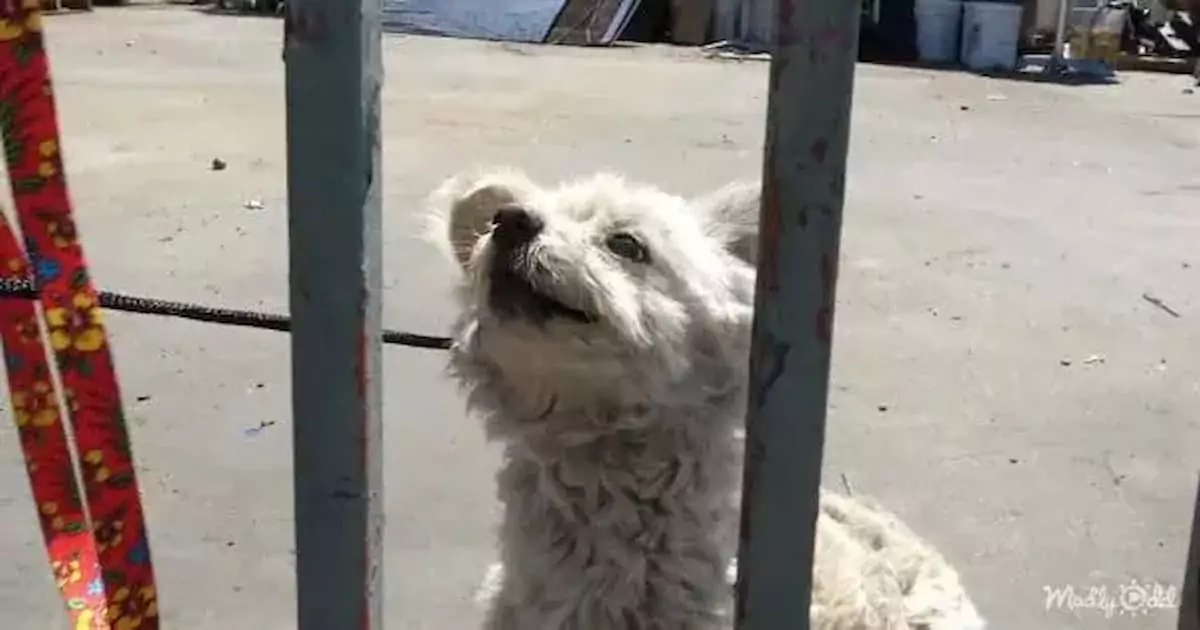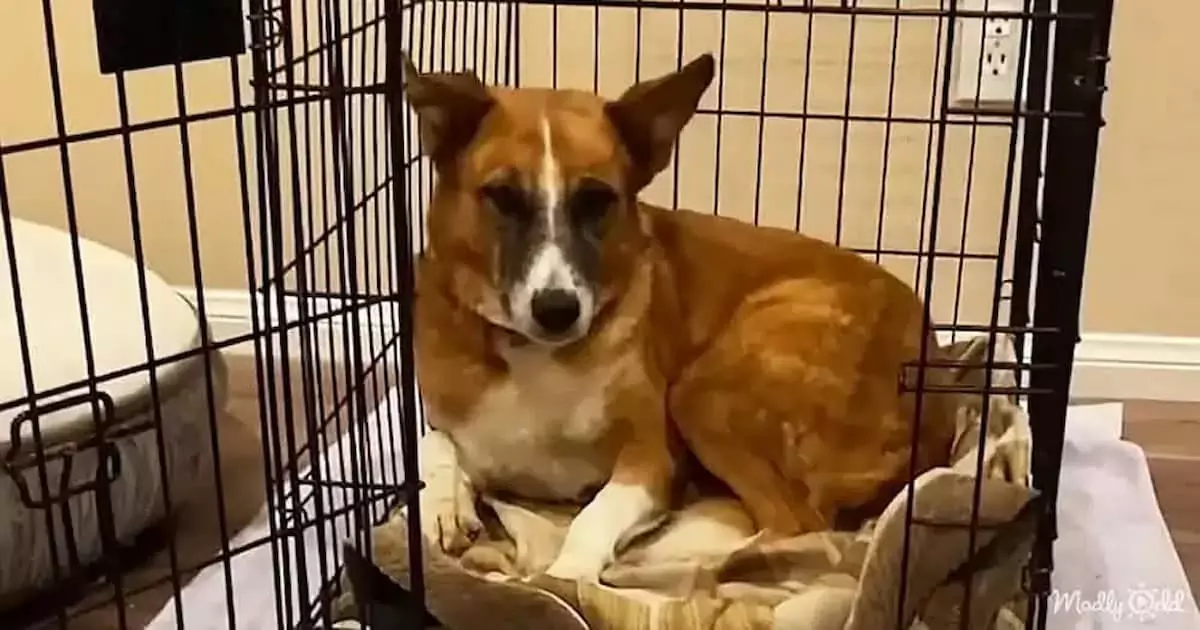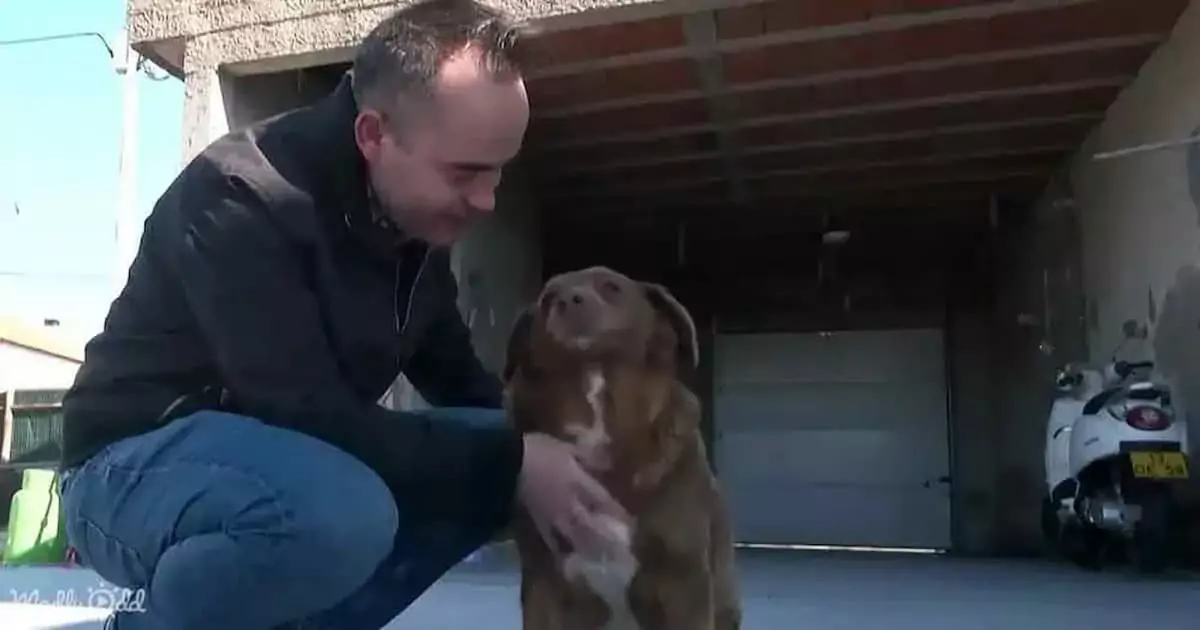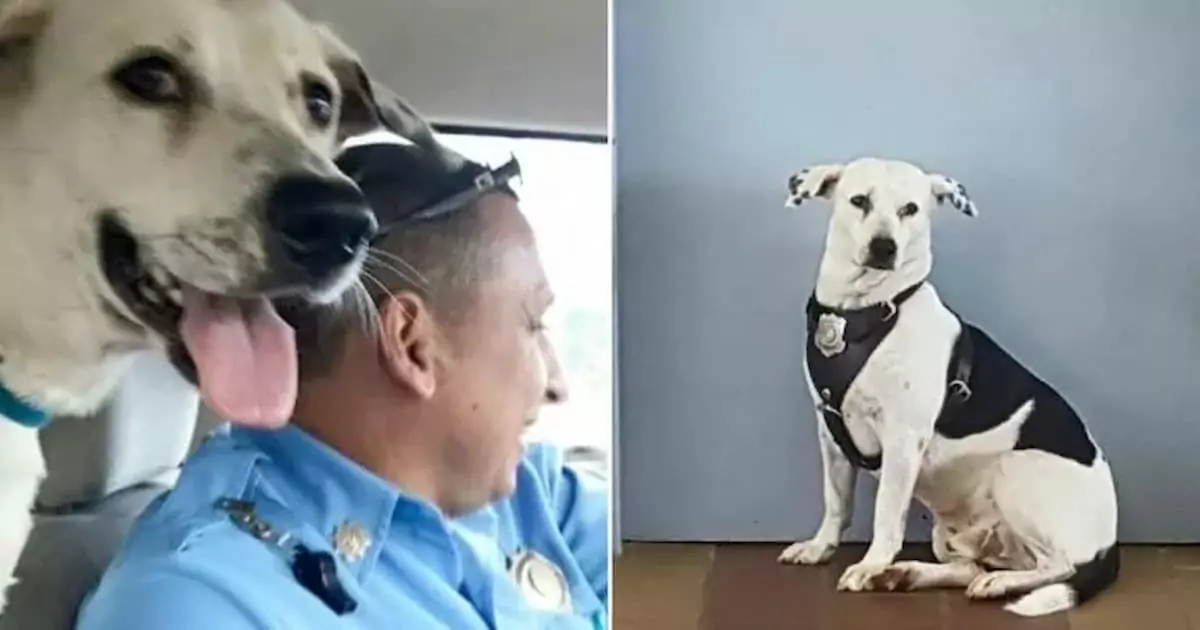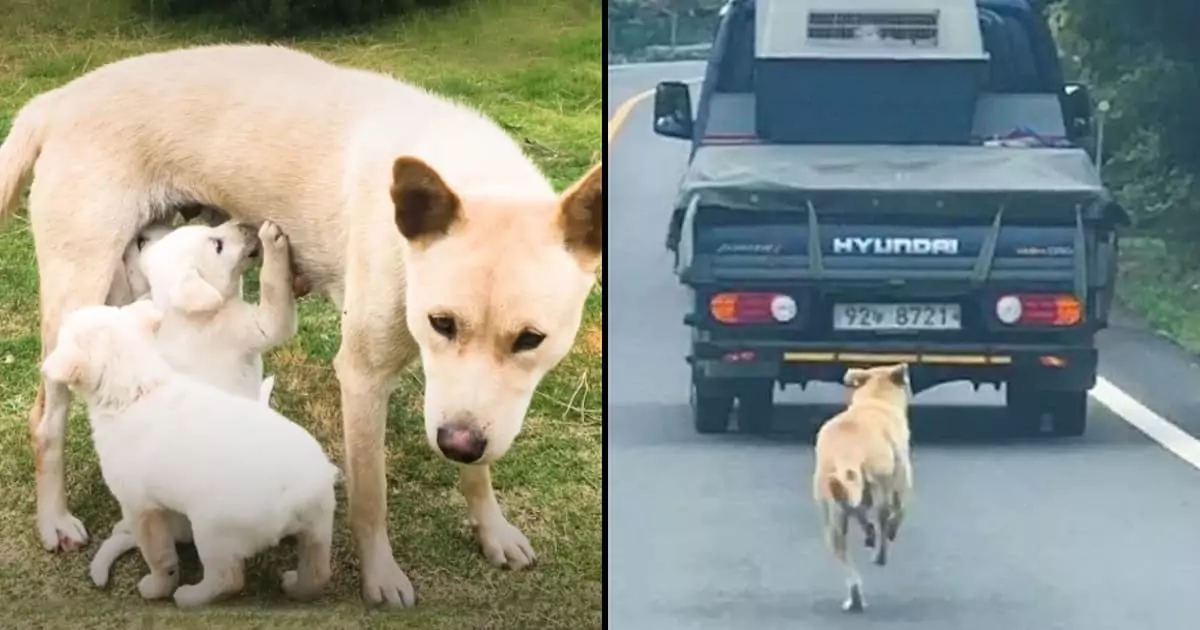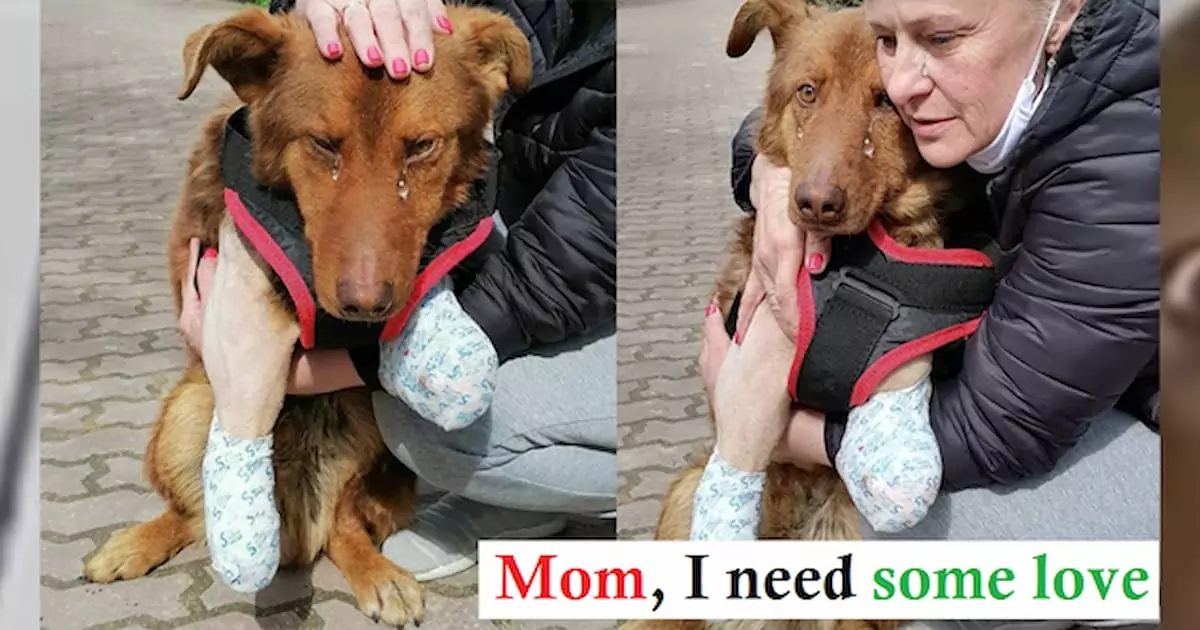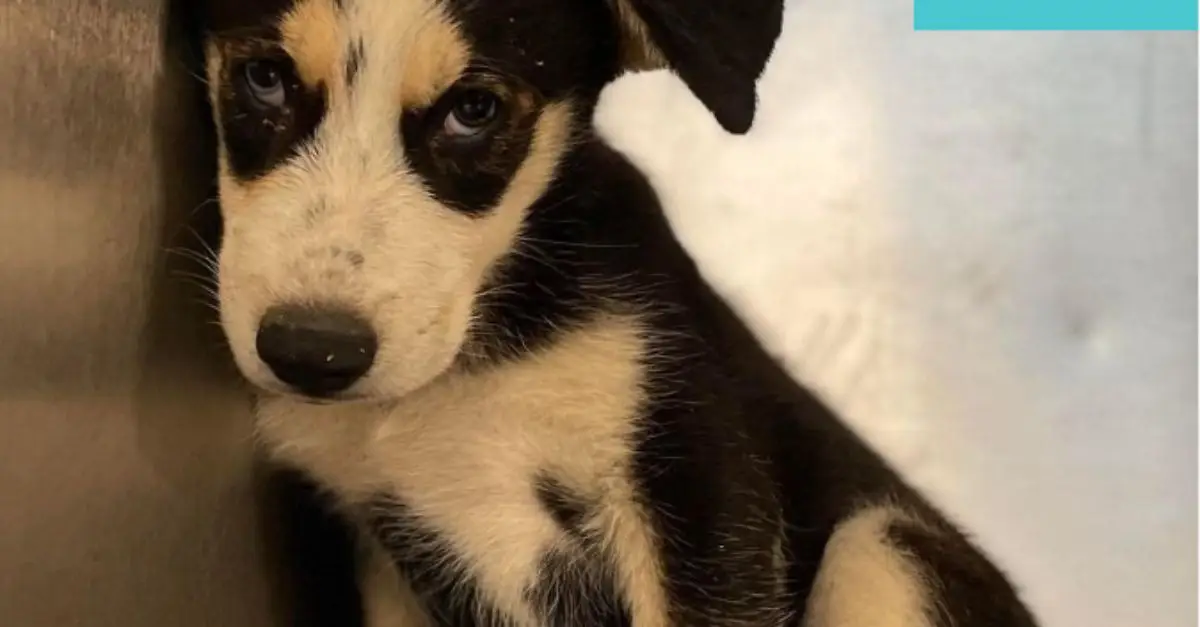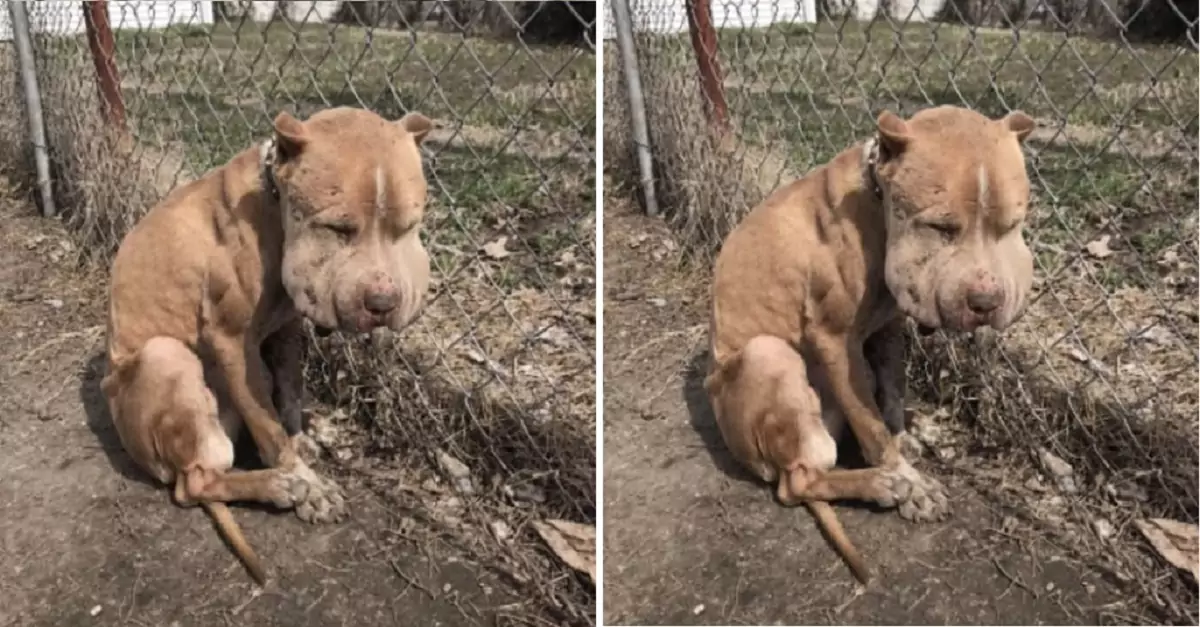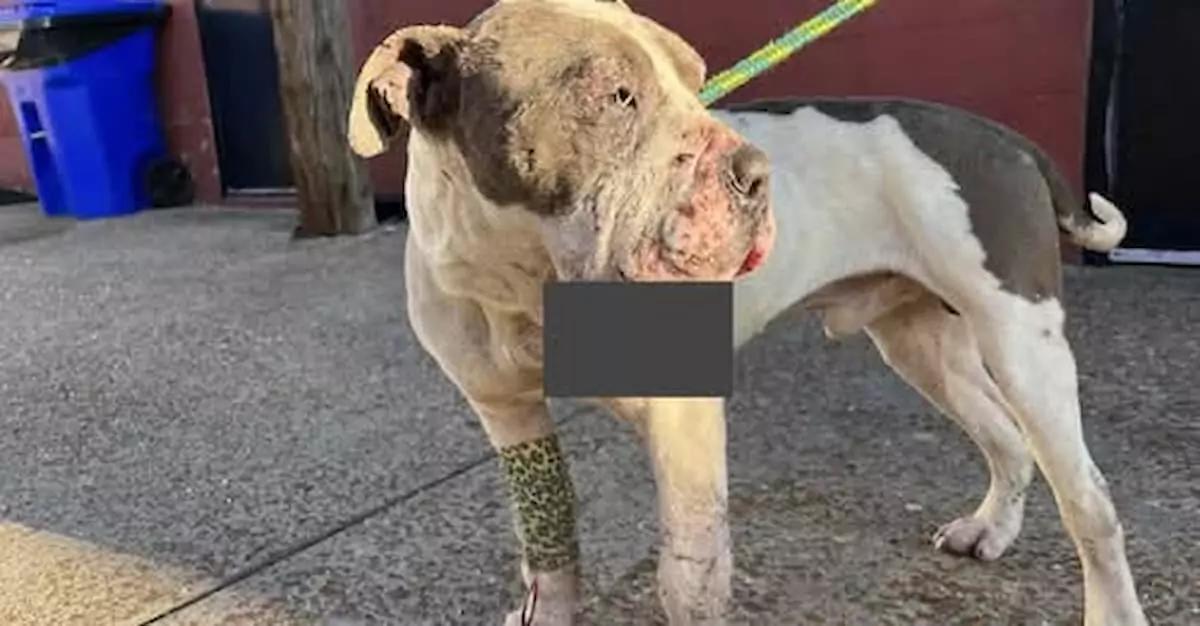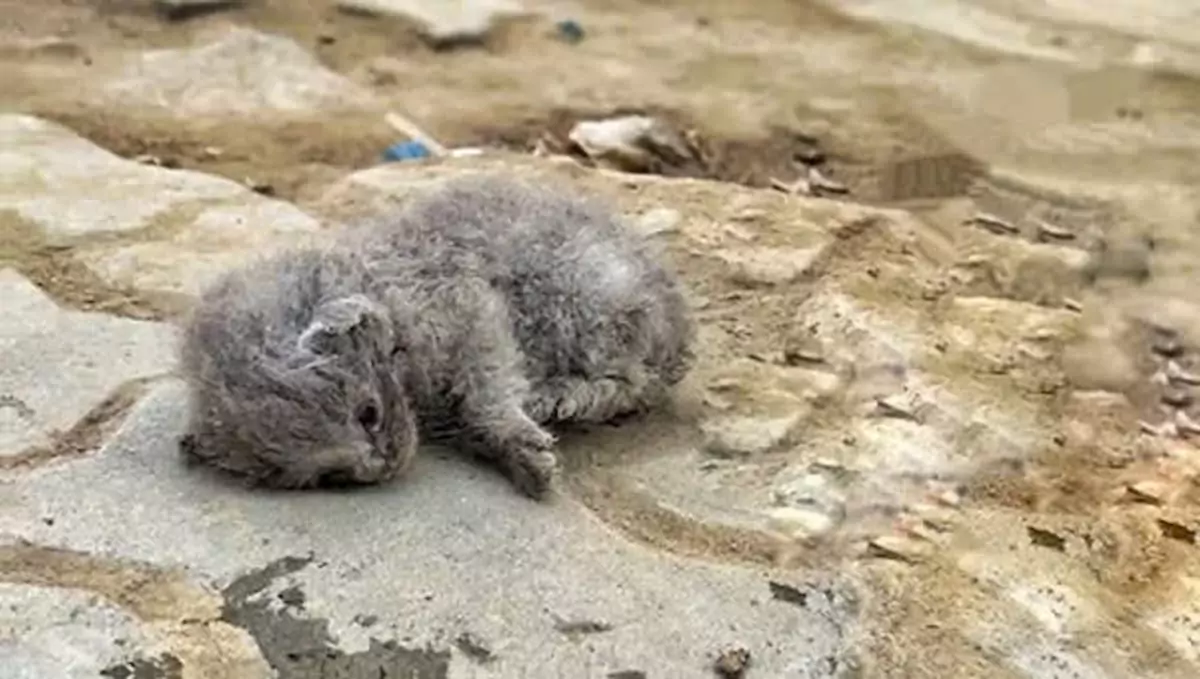The Siberian permafrost, a vast and icy archive of millennia past, had long surrendered the colossal remains of mammoths and woolly rhinos, whispering tales of a forgotten world. But in the summer of 2018, near the Indigirka River in the Sakha Republic, it yielded a treasure far more intimate, a relic that would blur the lines between ancient history and the enduring bond between humans and canines: a remarkably preserved puppy, later affectionately named Dogor, meaning “friend” in the local Yakut language.
Dogor wasn’t merely a fossil; he was a snapshot frozen in time, a canine time capsule from the late Pleistocene epoch, approximately 18,000 years ago. His tiny body, no larger than a modern-day small dog breed puppy, was astoundingly intact. Fur, whiskers, even delicate eyelashes remained, shielded from the ravages of time by the unforgiving embrace of the permafrost. His milk teeth, perfectly preserved, hinted at his tender age of around two months when his short life was abruptly halted by the unforgiving forces of nature.
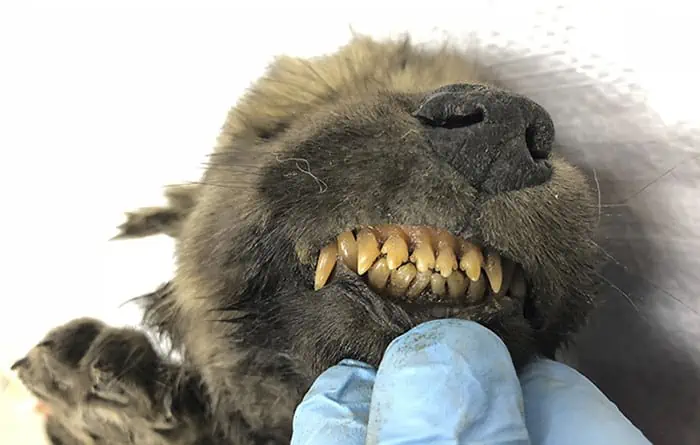
The discovery sent ripples of excitement through the scientific community. Here was a creature from a pivotal era in canine evolution, a time when the lines between wild wolves and the first domesticated dogs were likely still fluid. The sheer level of preservation offered an unprecedented opportunity to delve into the genetic makeup of these ancient canids, potentially unlocking secrets about the very origins of our loyal companions.
Initial DNA sequencing, however, presented a fascinating enigma. Despite extensive analysis, scientists were unable to definitively categorize Dogor as either a wolf or a dog. This ambiguity ignited a flurry of speculation. Could Dogor represent a crucial evolutionary link, a direct ancestor to both modern wolves and dogs? Was he a member of a now-extinct population that predated the divergence of these two lineages? The inability to place him firmly on either branch of the canine family tree only deepened the intrigue surrounding this tiny, frozen marvel.

Further genomic analysis, involving a global collaboration of researchers and the study of numerous ancient wolf genomes, eventually shed more light on Dogor’s identity. While initially elusive, subsequent findings pointed towards Dogor being an ancient wolf, albeit one that didn’t belong to the primary ancestral group of East Eurasian wolves from which modern dogs are believed to have descended. This suggested a more complex picture of canine evolution, perhaps involving multiple ancestral wolf populations contributing to the domestication process.
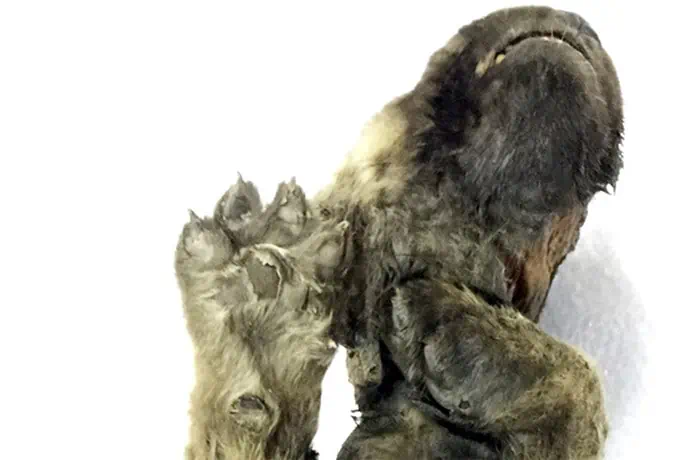
Dogor, lying frozen in time for eighteen millennia, became more than just a scientific specimen. His perfectly preserved features – the delicate curve of his snout, the tiny whiskers still clinging to his muzzle – evoked a profound sense of connection to a creature that lived in a world vastly different from our own. He was a tangible link to a time when humans and canines were forging a bond that would shape the course of history.
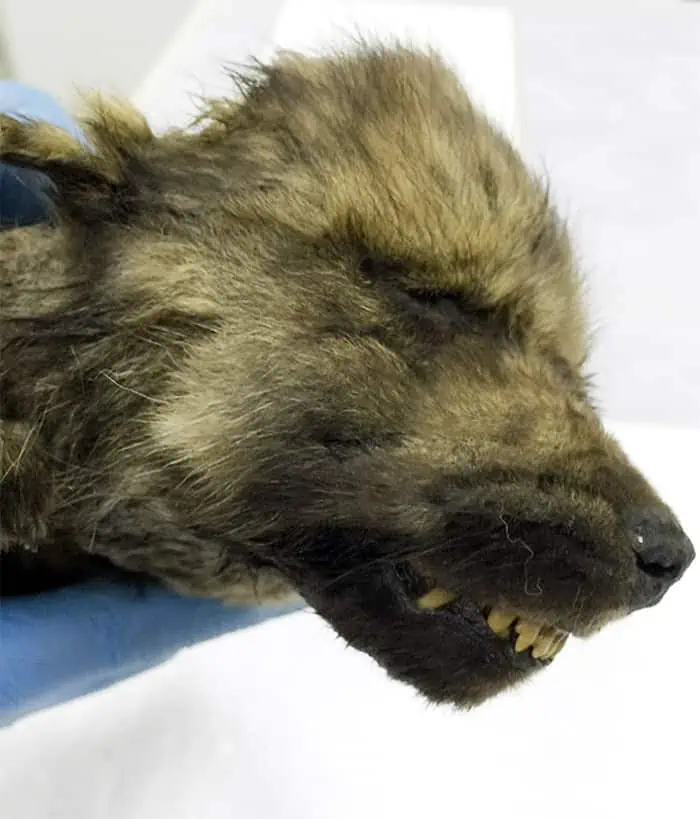
His discovery underscored the remarkable power of the permafrost as a natural preserver, a frozen archive holding secrets of the past. Dogor’s story, still unfolding as scientists continue to analyze his remains, is a testament to the incredible resilience of life and the enduring mystery of evolution. He remains a captivating enigma, a tiny prehistoric puppy who, frozen in time, continues to fascinate and inform our understanding of the long and winding journey that led to the dogs that enrich our lives today. Dogor, the “friend” from a forgotten age, continues to enthrall, his icy slumber offering a unique and precious glimpse into the dawn of our enduring companionship with canines.

